iPhone 14 — here's what Apple can learn from the Samsung Galaxy S22
Apple can learn a few lessons — good and bad — from the Galaxy S22's launch
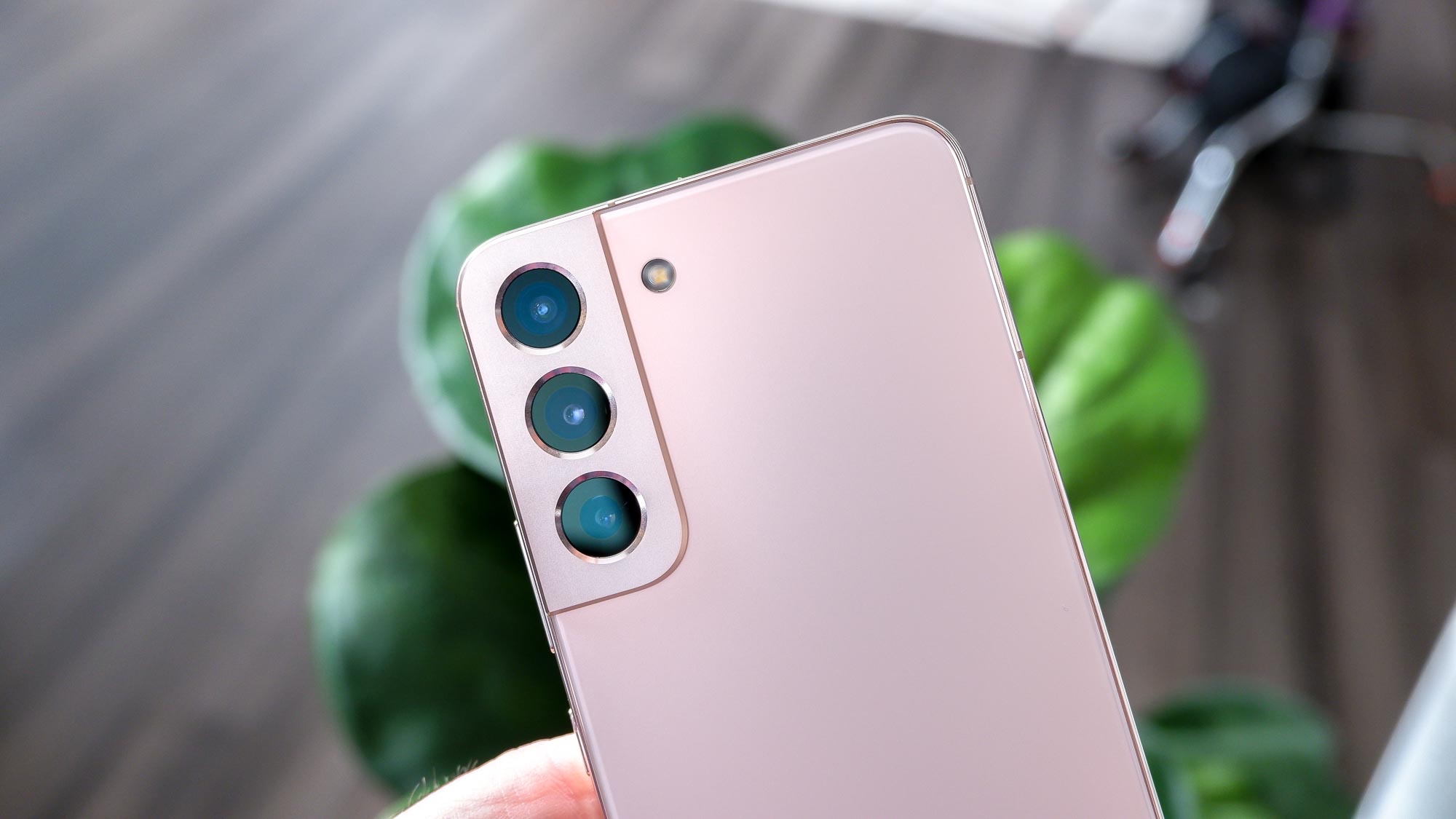
It's safe to say Apple does not need to take its cues from Samsung when it comes to launching phones. Some $71.6 billion in iPhone sales during the holiday quarter suggests that Cupertino knows a thing or two about getting the word out when it has new smartphones to peddle.
Still, I imagine Apple took some notice of this month's Galaxy S22 launch by Samsung, even if it was motivated purely by mild curiosity. If Apple was watching, it might have spotted a few lessons it could take to heart the next time it launches its own line of updated flagships, which should be this September when the rumored iPhone 14 models see the light of day.
Since the Galaxy S22 doesn't yet ship until this Friday (February 25), it's hard to gauge how successful this rollout has been. It's safe to say, though, that there's a certain amount of interest in the new phones, as Galaxy S22 preorders have been buzzing along — so much so that some models of the phones are facing shipping delays. The latest models are well-received — our Galaxy S22 Plus review was pretty positive, and our Galaxy S22 Ultra review was even more enthusiastic. At the moment, the Galaxy S22 seems like a very strong update to Samsung's most popular lineup of phones.
Apple tends to forge its own path when it comes to deciding which features to add onto its own products, and how to then promote those new capabilities. But I spotted four things during the Galaxy S22 launch — both good and bad — that Apple would do well to consider when it's time to shine a spotlight on the iPhone 14 and iPhone 14 Pro later this year.
Focus on the cameras
All three Galaxy S22 models feature substantial camera improvements. And Samsung didn't shy away from letting people know about all of them.

Both the Galaxy S22 and Galaxy S22 Plus saw their main camera's megapixel rating jump to 50MP. That sensor is larger, too — 21% larger than the one in the Galaxy S21 — to let in more light. And Samsung also improved the telephoto lenses on both phones, turning to a 3x optical instead of the 3x hybrid zoom that the Galaxy S2 used.
The Galaxy S22 Ultra gets improvements of its own, also getting a larger main sensor than its predecessor. Super Clear Glass over the main camera tackles the glare that can appear in photos when shooting at night. And across the board, all three S22 models see AI-supported Portrait mode improvements and adaptive pixel technology for combining nine pixels into one for better low-light shots.
Having top-performing cameras is important for a phone — some might argue it's the most important thing.
Having top-performing cameras is important for a phone — some might argue it's the most important thing. At the very least, if you're going to charge $1,000 or more for your phone, people better be convinced that it's going to produce some great photos. Samsung effectively made that case with the Galaxy S22, and the image samples we've shot so far back up those claims.
Apple will almost certainly have camera improvements of its own to talk about when the iPhone 14 debuts. One rumor claims the iPhone 14 Pro models will boost their main camera to 48MP, and there's also talk of Apple making further improvements to its zoom lens. We'd expect more details about camera changes to trickle out the closer we get to the fall.
Battery life needs just as much attention
If there's one area that's nearly as important as how a phone's cameras perform, it's how long the device can last before it needs a charge. It's here that Samsung may have missed the boat with the Galaxy S22 lineup, and it's a mistake Apple should take care not to repeat with its upcoming phones.
With the Galaxy S22 and S22 Plus, Samsung shrunk the batteries by 300 mAh from their sizes in the comparable Galaxy S21 models. That was a curious move, as neither the Galaxy S21 nor the Galaxy S21 Plus ran up the best score in our battery test. (Both posted below average times.) Perhaps Samsung was counting on a more power-efficient chipset and improved adaptive display technology to eke out more battery life from a smaller power pack.
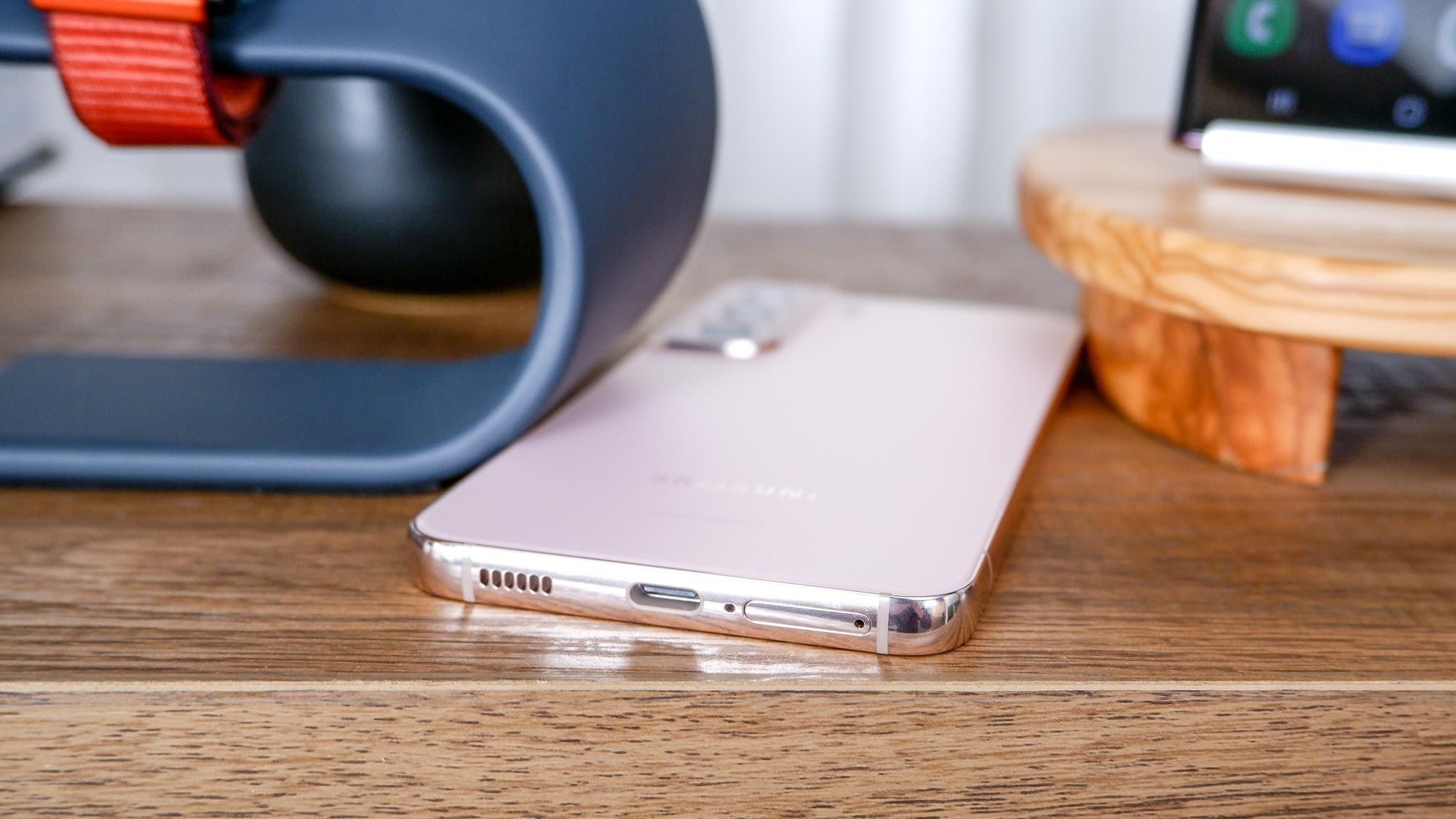
The bet didn't pay off. The Galaxy S22 Plus lasted 9 hours and 46 minutes on our test, which was around the same time the S21 Plus turned in. The Galaxy S22 Ultra — which has the same 5,000 mAh battery as the Galaxy S21 Ultra — actually turned in a worse time than its predecessor.
It's a stark contrast from the decisions Apple made when it launched the iPhone 13 models last year. After the iPhone 12 battery life failed to impress, Apple boosted battery sizes across the board, and all four models had better times than their predecessors in our testing. The iPhone 13 Pro Max and iPhone 13 Pro even ended up on our best phone battery life list.
It's hard to tell what Apple does for an encore with the iPhone 14. From 5G to fast-refreshing displays, there are more power demands than ever made on phone batteries, and you can only boost the size so much without having to also increase the size of the device. We'd expect it's an area Apple's not about to overlook, though.
Make your different models stand out
You have to give credit for making the Galaxy S22 Ultra stand out during this round of phone launches. The Ultra model seems like a completely different phone from the rest of the S22 lineup, even though it shares the Galaxy S name and several key features. While S Pen support helps distinguish the Galaxy S22 Ultra, Samsung deliberately invoking the Galaxy Note design with this model also is a factor.
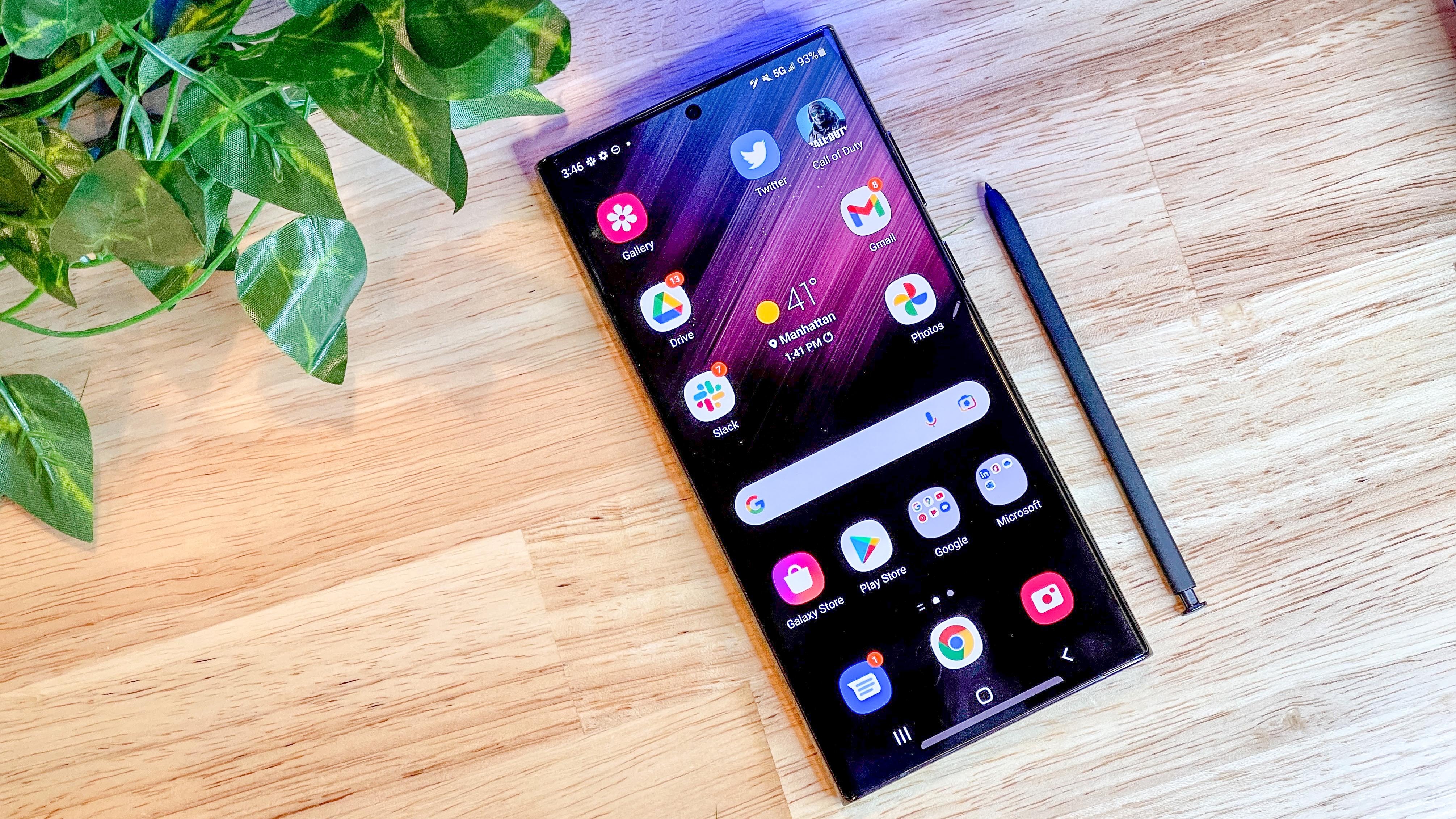
The end result? I think there's an excitement about the Galaxy S22 Ultra that I don't necessarily see with the Galaxy S22 and Galaxy S22 Plus. The two phones are solid enough, but they're also very reminiscent of the Galaxy S21 models they're replacing. As a result, they feel like iterative steps forward rather than giant leaps.
Apple typically does a pretty good job at making the case for why you'd want to pay up for its Pro models. Those are the phones with the telephoto lens and, as of the iPhone 13 Pro, the fast-refreshing displays. Some of the hottest iPhone 14 rumors, like the fact that Apple may get rid of the notch, seem to hone in on the Pro models as well.
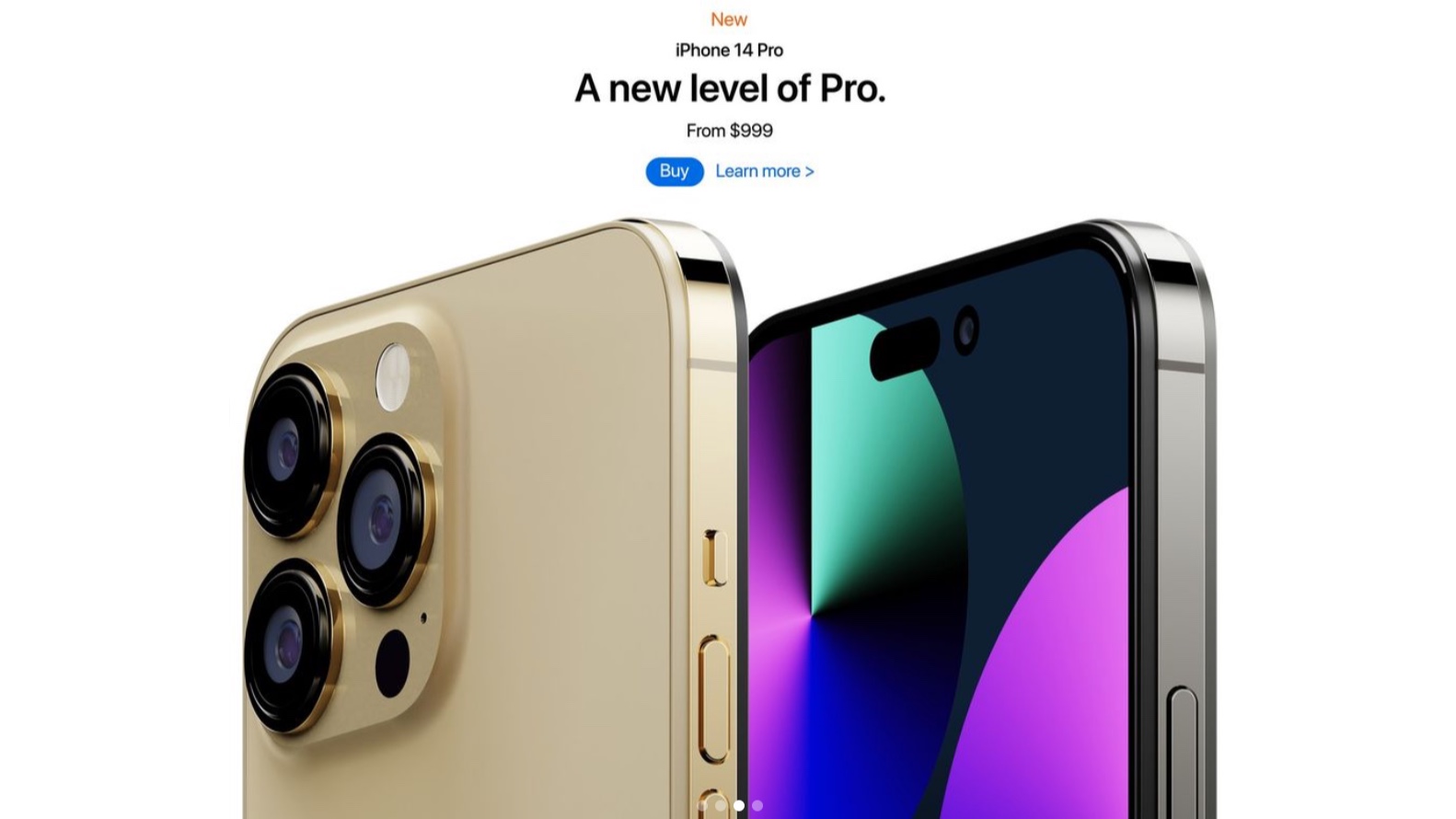
That's good for getting people excited about the iPhone 14 Pro and iPhone 14 Pro Max. But Apple can't forget about the standard iPhones, either. The last two update cycles, 5G compatibility has been enough, but I think the iPhone 14's going to require a new tack. It sounds like Apple could be replacing the mini model with an iPhone 14 Max — basically a big iPhone without the Pro Max's more premium features.
We'll see if that's enough to get people excited about the lower-cost iPhone 14 models or if Apple has something else up its sleeve.
Be upfront about your specs
There was a minor kerfuffle surrounding the Galaxy S22 launch when Samsung touted an improved refresh rate for the standard and Plus S22 models. The new phones were supposed to scale between 10Hz and 120Hz as opposed to the 48Hz to 120Hz range that the S21 models supported.
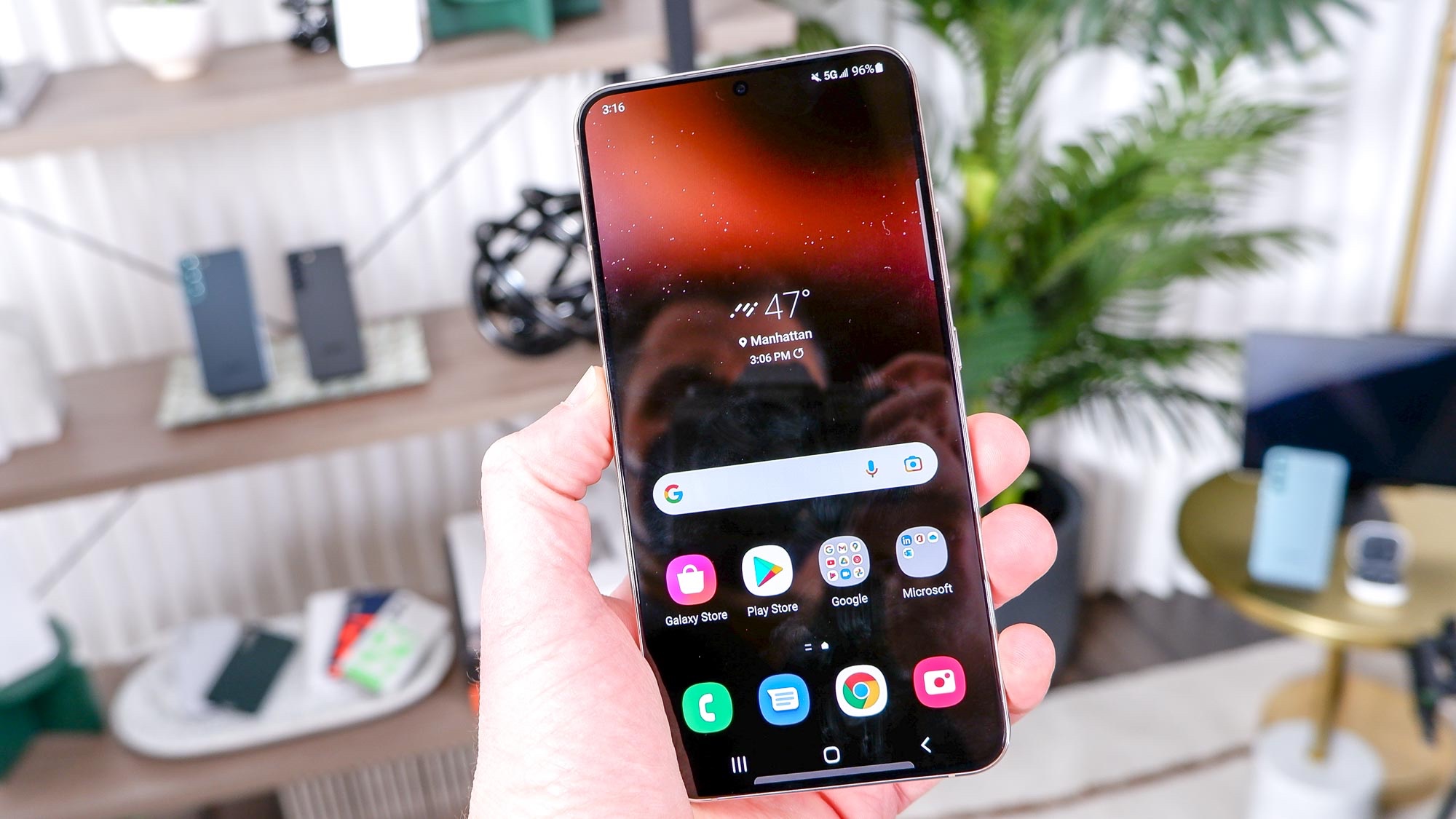
As it turns out, that's not quite the case. It's true that Samsung's technology supports that 10Hz to 120Hz range and can slow down data transfer rates to that speed. But the displays themselves can only scale down to 48Hz. Samsung subsequently resolved its spec sheet to reflect this in the week after the Galaxy S22's unveiling.
Ultimately, it's not that big a misstep. But it probably caused Samsung some degree of embarrassment that could have been avoided with more clear communication.
That's probably one of the biggest lessons Apple can learn for its own iPhone launch efforts. When it comes time to talk new phone features this fall, make sure you're properly setting expectations. After all, iPhone hype will be amped up enough without Apple needing to add to it.
Sign up to get the BEST of Tom's Guide direct to your inbox.
Get instant access to breaking news, the hottest reviews, great deals and helpful tips.
Philip Michaels is a Managing Editor at Tom's Guide. He's been covering personal technology since 1999 and was in the building when Steve Jobs showed off the iPhone for the first time. He's been evaluating smartphones since that first iPhone debuted in 2007, and he's been following phone carriers and smartphone plans since 2015. He has strong opinions about Apple, the Oakland Athletics, old movies and proper butchery techniques. Follow him at @PhilipMichaels.

